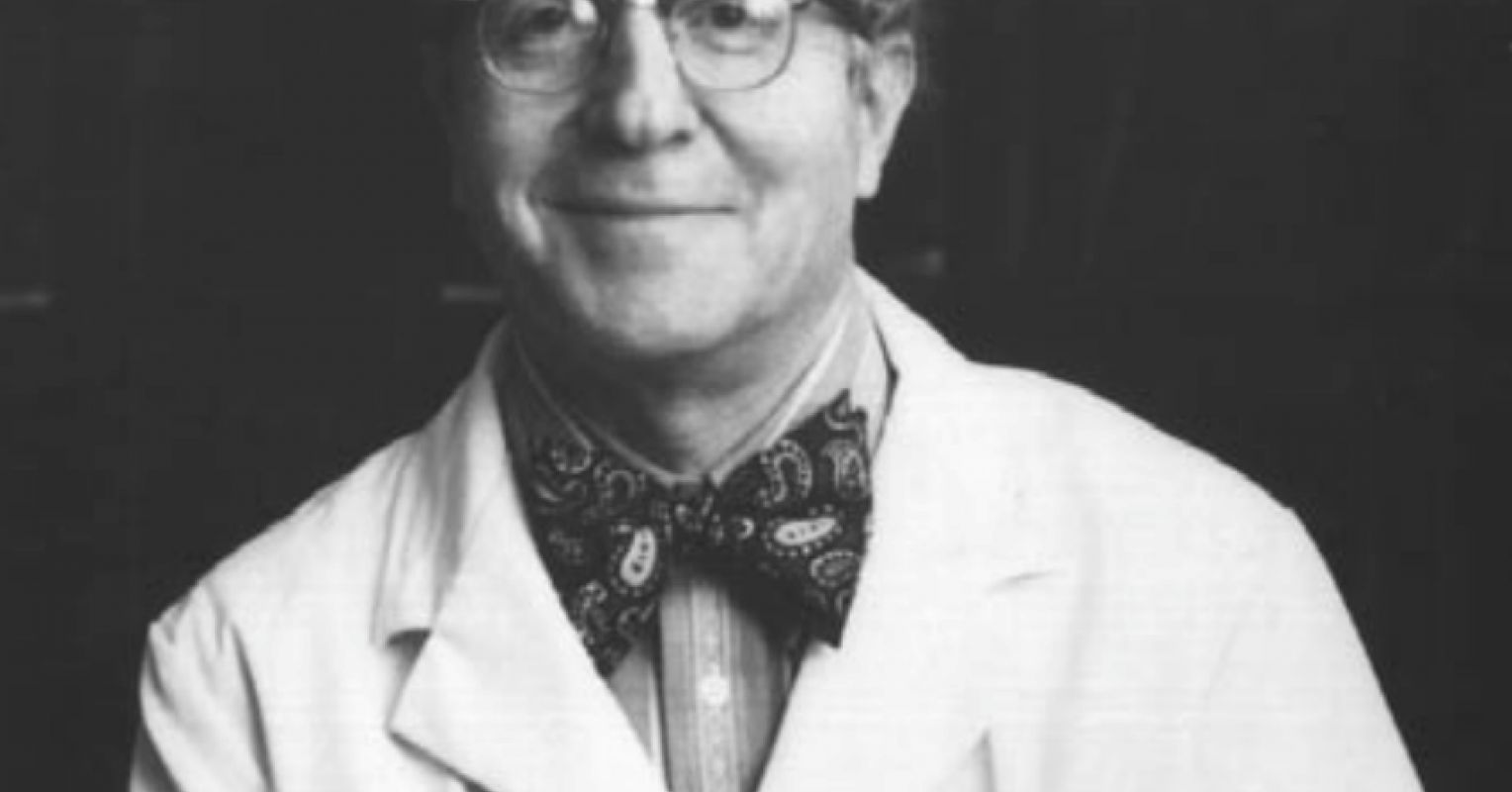Biopsychosocial Model by George Engel
The biopsychosocial model is a theory that states that biological, psychological, and social factors all play a role in human development and behavior. This model is used to understand how different areas of the human body, mind, and society interact with each other to produce certain outcomes. The biopsychosocial model is also used to explain how health and illness are determined by a combination of biological, psychological, and social factors.
The biopsychosocial model is a way of thinking about the human mind and body that emphasizes the importance of both biology and environment in shaping our behavior. The model was first proposed by psychiatrist George Engel in the 1970s, and it has since become one of the most influential ideas in psychology.
The basic idea behind the biopsychosocial model is that our mental and physical health are determined by a complex interaction between biological, psychological, and social factors.
For example, someone might be more likely to develop depression if they have a genetic predisposition for it, but their risk will be increased or decreased depending on their life circumstances (e.g., whether they experienced trauma as a child).
This way of thinking about the human mind and body has several important implications. First, it highlights the fact that mental health is not just about individual biology; our thoughts, emotions, and behaviors are also shaped by our relationships with other people and our larger social environment.
Second, it suggests that effective treatments for mental illness must take into account all three levels of influence: biological, psychological, and social. Finally, the biopsychosocial model underscores the importance of prevention: because mental health problems arise from a complex interplay of factors, we can prevent them by addressing all three levels (e.g., through public health initiatives like better access to mental healthcare).
If you’re interested in learning more about the biopsychosocial model, I highly recommend reading George Engel’s original paper on the topic (it’s short and very readable!).
Alternatively, there are many excellent books and articles that discuss this important idea in greater depth.
Biopsychosocial Model George Engel 1977
The biopsychosocial model is a conceptual model that attempts to explain health and illness by integrating biological, psychological, and social factors. The model was first proposed by George Engel in 1977, and has since been expanded upon by other theorists.
The biological component of the biopsychosocial model includes all of the bodily systems and functions that contribute to health or illness.
This would include things like the immune system, the nervous system, and the endocrine system. The psychological component includes our thoughts, emotions, and behaviours. And finally, the social component encompasses our relationships with others, our culture, and our environment.
While each of these components can influence health independently, it is thought that they are all interconnected and interdependent. For example, our physical health can influence our mental health (e.g., if we are in pain we may be more likely to experience anxiety or depression), and vice versa (e.g., if we are stressed we may be more susceptible to physical illness). Similarly, our social relationships can impact both our physical and mental wellbeing (e.g., social support can buffer against stress-related health problems).

Credit: www.urmc.rochester.edu
What are the 3 Domains of the Biopsychosocial Model?
The biopsychosocial model is a framework that attempts to explain health and illness by considering biological, psychological, and social factors.
The three domains of the biopsychosocial model are:
1) Biological domain – This includes all of the bodily functions and systems that are necessary for life and health.
It also includes any genetic predispositions to disease or disorder.
2) Psychological domain – This includes thoughts, emotions, behaviors, and coping mechanisms. It also encompasses mental disorders and illnesses.
3) Social domain – This encompasses relationships, culture, socioeconomic status, environment, and any other social factors that may influence health or illness.
What are the 4 P’S of Biopsychosocial Model?
The biopsychosocial model is a tool that mental health professionals use to understand and treat mental illness. The model considers the biological, psychological, and social factors that contribute to mental illness. The four P’s of the biopsychosocial model are:
1. Psychology: Mental illness is caused by psychological factors such as stress, trauma, and cognitive biases. Treatment involves addressing these underlying causes with therapies like cognitive-behavioral therapy.
2. Biology: Mental illness is also caused by biological factors such as genetics and brain chemistry.
Treatment for this type of mental illness often includes medication to correct imbalances in brain chemistry.
3. Social factors: Social factors like poverty, isolation, and discrimination can trigger or worsen mental illness. Treatment may involve helping the person access social support networks and resources.
4. Protective factors: Protective factors can help buffer the effects of risk factors and prevent mental illness from developing or worsening. These include things like positive family relationships, a sense of community belonging, and having a stable job or income.
What is the Biopsychosocial Model in Simple Terms?
The biopsychosocial model is a comprehensive approach to understanding health and illness. It takes into account biological, psychological, and social factors.
Biological factors include genes, hormones, and the nervous system.
Psychological factors include stress, anxiety, and depression. Social factors include family relationships, social support, and culture.
Health is not just the absence of disease; it is a state of physical, mental, and social well-being.
Illness is more than just the presence of disease; it includes the experience of pain, suffering, and disability.
The biopsychosocial model is useful for understanding health and illness because it recognizes that there are many interacting factors that contribute to our state of being healthy or ill. This model also acknowledges that health care providers need to address all aspects of a person’s life in order to promote health or healing.
Who Proposed Biopsychosocial Model?
The biopsychosocial model was first proposed by George Engel in 1977. Engel was a psychiatrist who believed that mental health and physical health are interconnected. The model suggests that biological, psychological, and social factors all play a role in human health and wellbeing.
Engel believed that an individual’s biology interacts with their psychology, which then affects their social life. For example, someone with a genetic predisposition for anxiety may be more likely to experience anxiety if they live in a stressful environment. Similarly, someone who experiences trauma may have difficulty functioning socially as a result of their psychological distress.
The biopsychosocial model has been found to be helpful in understanding the complex nature of human health. It is important to remember that no single factor can determine an individual’s health; rather, it is the interactions between various biological, psychological, and social factors that ultimately affect our health and wellbeing.
The biopsychosocial model – Explanation of chronic pain disorders
Conclusion
The biopsychosocial model is a way of thinking about health and illness that takes into account the biological, psychological, and social factors that influence a person’s health. This model was first proposed by George Engel in the 1970s as an alternative to the biomedical model, which focuses only on the biological aspects of health and illness.
Engel argued that the biomedical model fails to take into account the important role that psychological and social factors play in health and illness.
For example, stress can have a negative impact on physical health, and social support can have a positive impact on mental health. The biopsychosocial model is more holistic than the biomedical model and provides a better framework for understanding how different factors influence health.
The biopsychosocial model has been widely accepted by researchers and practitioners in many fields, including medicine, psychology, sociology, anthropology, public health, and nursing.
It is now considered one of the most important models for understanding health and illness.




